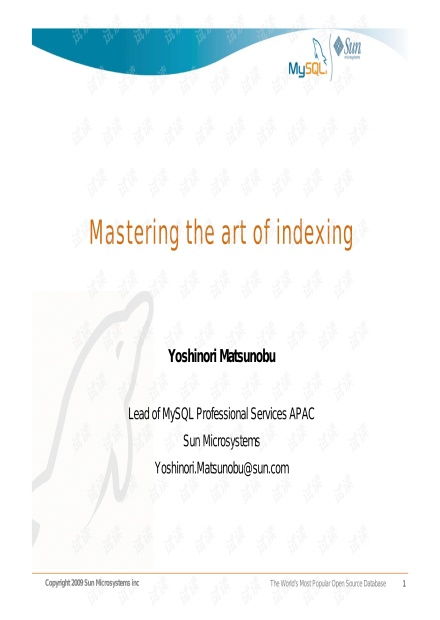
Content:
Introduction: Spring is a magical time of year when nature awakens from its winter slumber. For anglers, this season offers some of the best opportunities to catch fish as they begin to move towards their spawning grounds. If you're new to the art of fishing or looking to improve your spring fishing skills, this article is for you. We'll delve into the spring fishing techniques, share valuable experience, and provide you with tips on how to make the most of this delightful season on the water.
Understanding Spring Fish Behavior: Spring brings about significant changes in fish behavior. As water temperatures rise, fish become more active and start to move towards their spawning grounds. To be successful, it's crucial to understand these changes and adapt your tactics accordingly.
- Pre-Spawn: During this phase, fish are less active and often found in deeper waters. Focus on slow presentations and use heavier tackle to reach them.
- Spawn: As fish approach their spawning grounds, they become more aggressive. This is the best time to catch them, as they are often more susceptible to lures and baits.
- Post-Spawn: After spawning, fish tend to be more scattered and may move to new areas. This is a good time to target them with different techniques and lures.
Choosing the Right Equipment: Spring fishing requires specific equipment to ensure you're prepared for the conditions and fish behavior.
- Rod and Reel: A medium-action rod with a light to medium-power reel is ideal for spring fishing. This setup allows for a good balance between sensitivity and casting distance.
- Line: Use a monofilament line with a thickness between 6 to 10 pounds. This provides enough strength to handle spring fish while remaining flexible enough for accurate casts.
- Lures and Baits: Soft plastics, spinners, and small jigs are excellent choices for spring fishing. Match your lure color and size to the forage available in your fishing spot.
Selecting the Right Location: Finding the right fishing spot is essential for a successful spring fishing trip.
- Look for areas with structure: Spring fish often seek out structure such as rocks, logs, and vegetation to spawn. These areas provide protection and can hold fish in large numbers.
- Consider water temperature: Fish are more active in warmer water, so look for areas with higher water temperatures, such as shallow flats and back bays.
- Be aware of seasonal patterns: Fish migration patterns can change with the seasons. Research the specific species you're targeting and their known spawning locations.
Timing Your Trip: Timing is everything in spring fishing. To maximize your chances of success, consider the following:
- Early morning and late evening: These times offer cooler water temperatures, which can make fish more active.
- Windy days: Wind can disperse the forage, making it easier for fish to find and attack bait.
- Weather changes: Fish are often more active before and after weather changes, such as a cold front or a warm-up.
Mastering the Art of Casting: Casting is a fundamental skill that can make or break your fishing experience. Here are some tips to improve your casting technique:
- Hold the rod with a relaxed grip: This allows for better control and reduces the risk of arm fatigue.
- Use a smooth, controlled motion: Avoid sudden movements, as they can spook fish.
- Practice different casting techniques: Learn how to cast with the wind, make long casts, and work around obstacles.
Presenting Your Bait or Lure: The way you present your bait or lure can make a significant difference in your success rate.
- Use slow, erratic retrieves: This mimics the natural movement of prey and can trigger strikes from fish.
- Pay attention to the water conditions: In clear water, use more subtle presentations. In murky water, you can be more aggressive.
- Vary your lure action: Experiment with different retrieves, twitches, and pauses to see what works best.
Reading the Water: Understanding water conditions is essential for successful fishing.
- Look for fish: Keep an eye out for signs of fish, such as boils, splashes, or shadows.
- Observe the bottom: Understanding the structure of the bottom can help you predict where fish might be holding.
- Pay attention to water clarity: Adjust your approach based on the water's visibility. In clear water, be more cautious and subtle.
Conclusion: Spring fishing can be a delightful and rewarding experience for anglers of all skill levels. By understanding fish behavior, selecting the right equipment, choosing the right location, and mastering the art of casting and lure presentation, you'll be well on your way to catching more fish during this prime season. Remember to enjoy the beauty of nature and practice ethical fishing to preserve our aquatic resources for future generations. Happy fishing!












